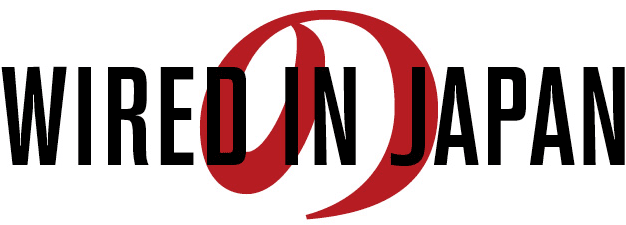I recently referred to the Sticker Picture craze among young Japanese women and came across a handy iPhone application for customizing your very own Purikura.
The application is called STICKi PICi and it allows one to decorate their iPhone pictures with hearts and star bursts, so ubiquitous on the Purikura scene.
Their website describes Purikura:
These popular asian photobooths are also known as purikura プリクラ (from Japanese pop culture lingo purinto kurabu プリント倶楽部, meaning print club).As a student studying the Japanese language it is always fascinating to learn about the origins of a word. It is especially interesting to see how English loan words are pulled and blended together creating something uniquely Japanese.
I wish I was part of the print club, alas I have no iPhone. For those of you who are iPhone endowed, you can be part of the illustrious print club (プリント倶楽部 - purinto kurabu).
Check out STICKi PICi's features:
- Over 40 frames to choose from!
- Over 100 stamps to decorate your photos!
- Works with both portrait and landscape photos.
- Moving and scaling every stamp on your screen
- No object placement is permanent. Just select your drawing, stamp, or bubble to move and scale it!
- Choose from several fonts when typing in your chat bubbles.
- Choose your colors for the gel pen and the text in the chat bubbles.
- Airbrush your photos with the soften feature.
- Choose between having your creation in color, sepia, or black & white.
- Auto-saves your photo session so your work isn’t lost when you need to exit the application or you get an unexpected phone call while drawing.




